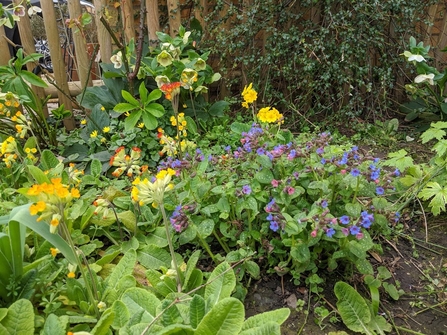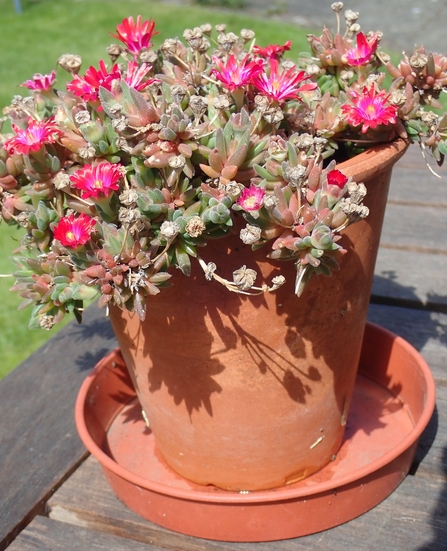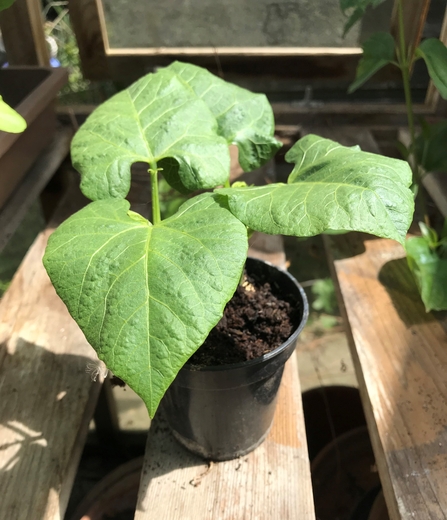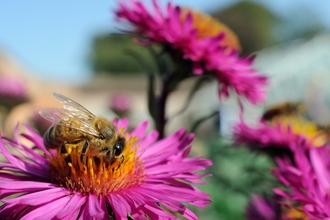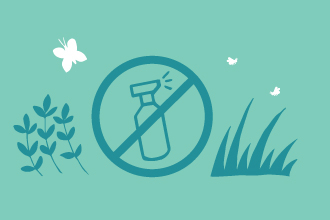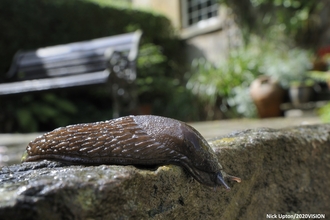In this blog, we share WAGAs’ tips for helping your plants survive hungry slugs and snails if natural predators are not keeping them in check. You can have a flower-filled garden and grow vegetables without resorting to poisons to protect the plants. The key to controlling anything you might regard as a pest is to have the right plant in the right place. Healthy plants have the best chance of growing faster than a slug can eat them! Apart from this general principle, everything else is variable as each gardener works in different conditions.
Soil type, the dryness or dampness of your garden, the weather and your own style of gardening will influence how many slugs and snails you have. We like dense planting because it is good for wildlife, including slugs and snails which are such an important part of the food chain. You will need to experiment to discover which of the tips from WAGAs work for you.
The warm, dry spring weather has helped plants survive the voracious slugs in our garden. We generally focus on plants that are naturally resistant to slugs but have been delighted by how well a few borderline cases have done this year.
